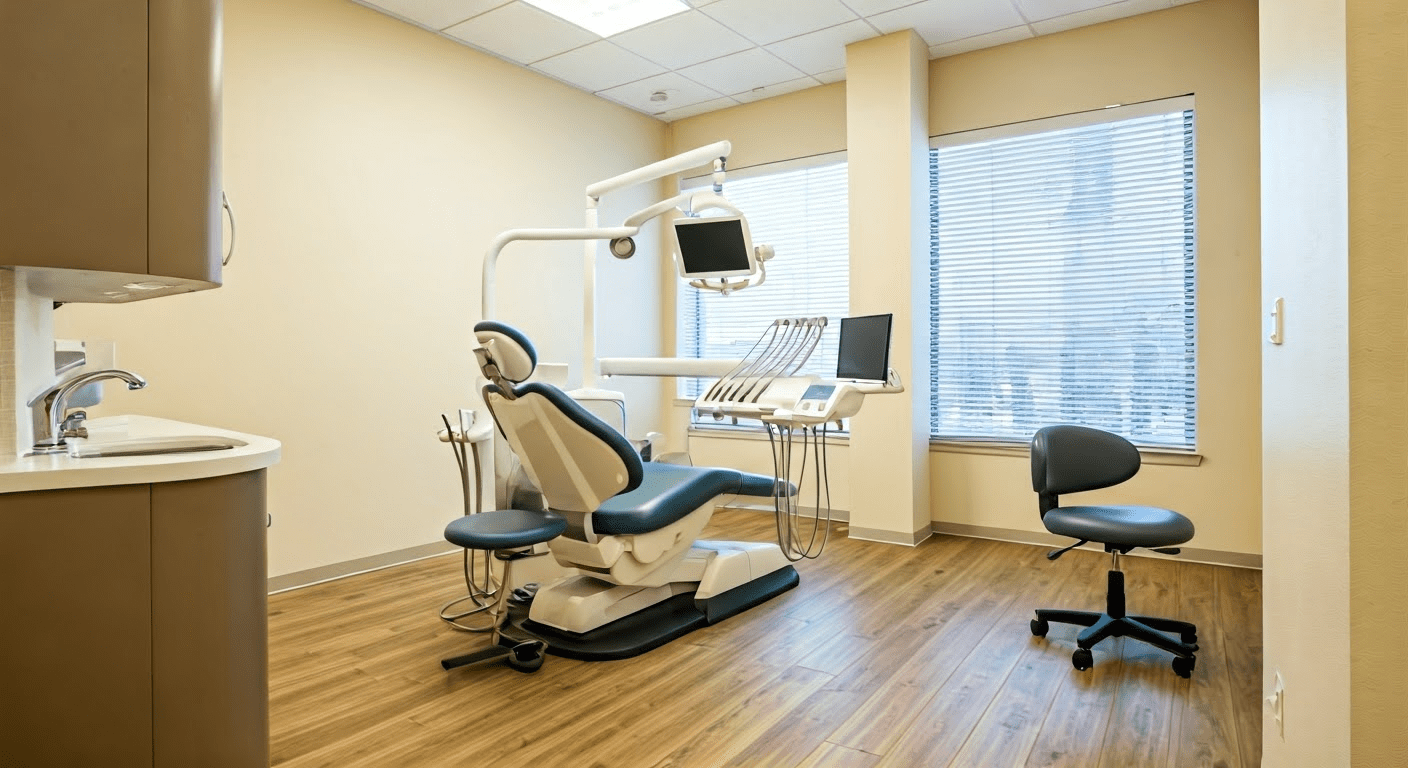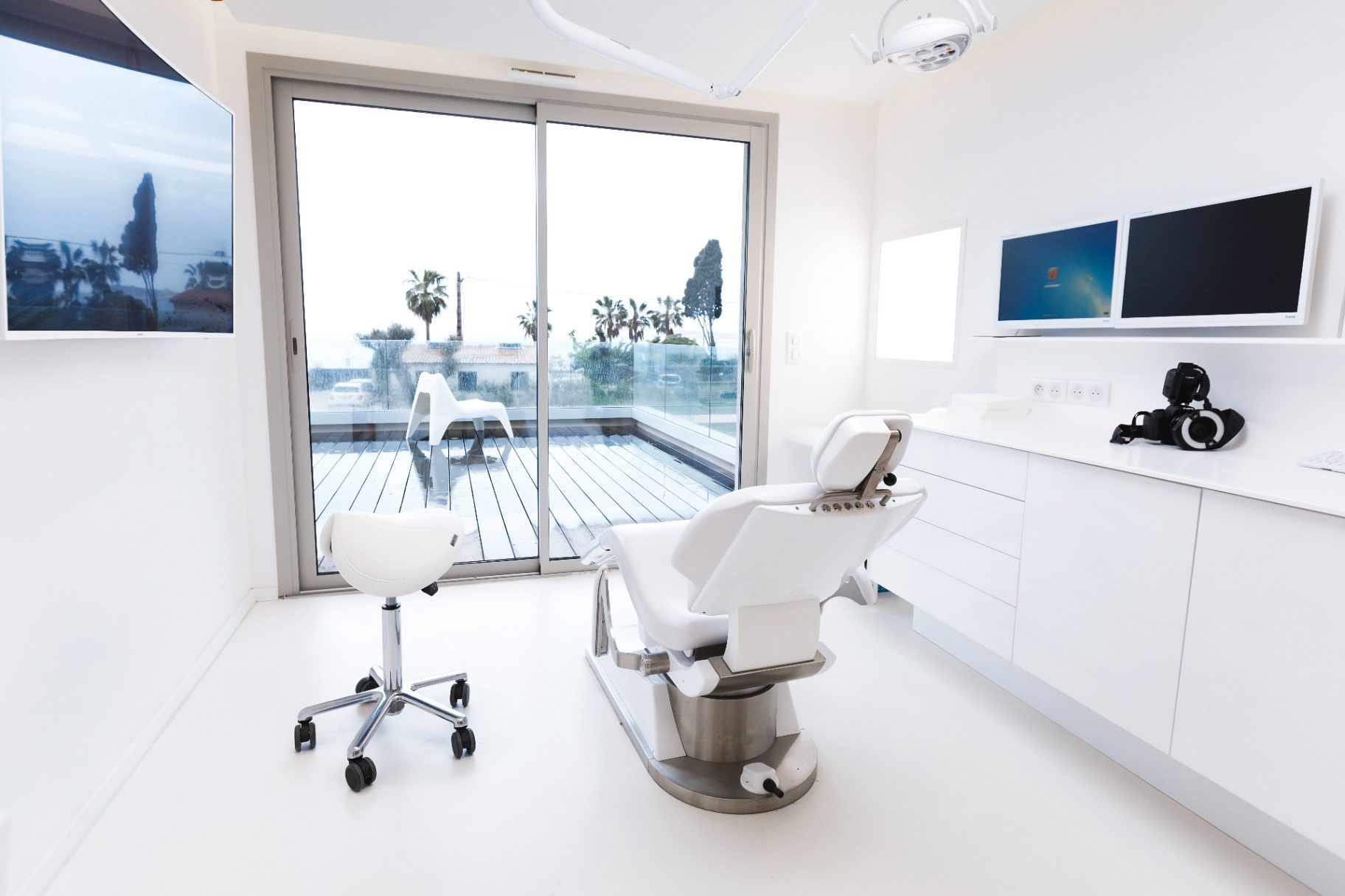How to Improve Dental Office Patient Experiences?

Attracting and retaining patients isn’t just about delivering top-notch dental care—it’s about creating an experience that makes people feel genuinely cared for from the moment they reach out. Patient experience is a powerful differentiator. It’s what turns a one-time visit into a lasting relationship, and a satisfied new patient into your biggest advocate.
This article dives into proven, practical strategies that go beyond the dental chair—from first impressions and front-desk interactions to follow-up care and modern conveniences. Whether you’re a seasoned practice owner or building your patient base, these insights will help you deliver an exceptional patient experience and level of care that keeps patients coming back—and telling others.
Let’s explore how putting patient experience at the heart of your practice can drive loyalty, trust, and long-term growth.
10 Tips to Improve Patient Experiences

Improving patient experience in a dental office is key to building trust and ensuring comfort. Here are 10 tips to enhance every visit for your patients.
1. Streamline Appointment Scheduling
A patient’s experience begins long before they step into the office. Making the scheduling process easy and accessible shows respect for their time and convenience. Here’s how to do it.
- Offer multiple scheduling channels: Allow patients to book appointments via phone, website, or mobile app.
- Utilize real-time availability: Online systems with real-time calendar views prevent double-booking and improve transparency.
- Automate confirmations and reminders: Use text, email, or even voice reminders to reduce no-shows and keep patients informed.
- Allow easy rescheduling: Make it simple to change appointments without penalties or hassles, particularly for emergencies.
2. Minimize Waiting Times
Few things frustrate patients more than long or unexplained waits, such as when they are left in the examination room with no updates. This would also improve patient retention Here’s what you should do instead.
- Use time-blocking techniques to prevent schedule overflows.
- Buffer time between appointments for unexpected delays or longer procedures.
- Offer real-time updates: If a delay is unavoidable, inform patients promptly and provide an estimated wait time.
- Provide distractions: A calm, engaging waiting area with TVs, Wi-Fi, reading materials, and soothing décor can help reduce perceived wait times.
3. Create a Comfortable Environment
The physical space of a dental office can significantly affect how patients feel. Ensure that you have a welcoming setting for the patients so they can feel right at home. Here’s how you can do it.
- Choose a warm, non-clinical design: Use inviting colors, soft lighting in the waiting room, and natural elements to reduce anxiety.
- Keep the environment clean and organized: Cleanliness instills confidence in safety and hygiene.
- Play calming music in the waiting and treatment rooms.
- Offer amenities: Provide bottled water, coffee, blankets, or neck pillows for added comfort.
4. Train a Friendly and Compassionate Staff
Patients often judge the quality of care by how they’re treated. Your staff need to be their most polite self to make the patients comfortable. Some of them are already a little anxious or scared.
- Front desk staff should be welcoming, attentive, and able to answer questions clearly.
- Clinical staff should be trained in both technical skills and emotional intelligence.
- Team culture matters: Foster a positive workplace environment where staff feel supported, happy employees reflect that in patient interactions.
- Avoid clinical jargon: Use clear, empathetic language to explain conditions and procedures.
- Friendly office manager: Keep someone with natural coolness to help the patients around the dentistry office.
5. Improve Communication and Education
Clear, respectful communication is foundational to building trust and reducing fear. Here’s how you can improve communication.
- Explain every step: From routine cleanings to complex treatments, walk patients through what to expect before and during procedures.
- Use visual aids: Intraoral cameras, animations, or models help patients understand their dental health and the need for treatment.
- Provide printed and digital materials: Send home after-care instructions and educational pamphlets tailored to the procedure they received.
- Practice active listening: Allow patients time to ask questions and express concerns without being rushed.
6. Address Dental Anxiety
Many patients—children and adults alike—experience fear related to dental care. If you come across such patients, here’s what you can do to ease their anxiety.
- Offer sedation options: Nitrous oxide, oral sedatives, or IV sedation can be made available based on the procedure and patient needs.
- Train staff in anxiety management: Simple techniques like guiding breathing or offering reassurance can go a long way.
- Use desensitization techniques: Allow nervous patients to tour the office or sit in the chair without treatment before their appointment.
- Provide distractions: Headphones, ceiling-mounted screens, or VR goggles can reduce focus on the procedure.
7. Request and Act on Feedback
Patient review and feedback are a goldmine for improvement. Here’s what you can do about it.
- Use anonymous surveys: Collect feedback post-visit via email or paper forms.
- Ask open-ended questions: Go beyond ratings by encouraging narrative feedback like, “What could we have done better?”
- Monitor online reviews: Track Google, Yelp, and social media platforms to respond and address concerns publicly when appropriate.
- Show you’re listening: Implement feasible suggestions and share the updates in newsletters or signage (“You asked, we delivered”).
8. Ensure Transparency in Pricing and Insurance
Financial confusion is a common stressor in healthcare. You need to be transparent about the costs with no hidden fees. Here’s what to do.
- Discuss costs upfront: Provide printed treatment plans with cost breakdowns before any procedures begin.
- Train staff to explain insurance: Educate patients on what’s covered, what isn’t, and what options are available for payment plans.
- Offer financing options: Work with third-party providers or in-house solutions to ease the financial burden.
- Be clear about billing: Send itemized bills and explain any discrepancies promptly.
9. Personalize the Experience
Tailoring the visit makes patients feel valued and seen. The more personalized the experience, the more likely they’ll return back to you. Here are some tips to help you personalize the experience for them.
- Maintain detailed records: Use patient files to note preferences like music, comfort needs, or family information.
- Celebrate milestones: Acknowledge birthdays, treatment completions, or long-time patient anniversaries with a card or a small token.
- Follow up after major procedures: A personal call or email to check on recovery can leave a lasting impression.
- Remember names and faces: A simple “Welcome back, John!” can instantly make someone feel at home.
10. Leverage Technology
Modern tools can elevate patient trust and efficiency. Here’s how to make use of technology to enhance customer experience.
- Digital X-rays and imaging allow for quicker, more comfortable diagnostics.
- Intraoral cameras help patients see exactly what the dentist sees.
- Electronic health records streamline intake and reduce redundancy.
- Paperless forms and mobile check-ins reduce wait time and enhance convenience.
The Hidden Hurdles: Challenges Dental Practices Face in Enhancing Patient Satisfaction
Improving patient engagement and experience sounds straightforward on paper, but in practice, it often involves navigating a variety of challenges, both visible and behind the scenes. Understanding these hurdles is the first step in overcoming them and building a more patient-centric dental practice.
1. Dental Anxiety and Fear
One of the most common and difficult challenges is patient anxiety. Many individuals associate dental visits with discomfort, pain, or negative past experiences. This fear can lead to cancellations, reluctance to communicate, or an overall disengaged attitude during the visit—all of which impact their experience.
Solution: Practices must take proactive steps to create a calming environment and offer anxiety-reducing solutions, such as sedation options, distraction techniques, or extra time for fearful patients. This would also encourage patient referrals and satisfied patients.
2. Time Constraints and Overbooking
Dentists and hygienists often work under tight schedules, especially in high-volume practices. When appointments are rushed or wait times are excessive, patients can feel like just another number—leading to dissatisfaction, even if the care is clinically excellent.
Solution: Smart scheduling, time management training for staff, and appointment buffers for unexpected delays can greatly improve the patient flow and experience.
3. Inconsistent Communication
Miscommunication—or lack of communication—can leave patients confused about procedures, costs, or follow-up care. This often leads to frustration or mistrust, particularly around billing and insurance.
Solution: Train staff in clear, empathetic communication. Use visual aids or printed materials to explain treatments, and make sure financial information is transparent and easy to understand.
4. Lack of Staff Training or Engagement
Patient satisfaction hinges heavily on every team member, not just the dentist. A disengaged front-desk staff or a hurried assistant can leave a lasting negative impression, even if the clinical work is flawless.
Solution: Invest in regular staff training focused on soft skills, emotional intelligence, and handling difficult situations. Recognize and reward staff who go above and beyond in delivering excellent service.
5. Difficulty Adapting to Technology
Many dental practices struggle to integrate modern tools like digital records, online booking, or patient communication portals. This can lead to inefficient processes and a perception that the practice is outdated.
Solution: Gradually adopt technology that improves convenience for both patients and staff. Make sure staff are trained and confident using new systems so they can use them effectively and without added stress to the workflow.
Enhance Patient Experience and Boost Your Practice with Practice by Numbers
Delivering exceptional dental care goes beyond just providing quality treatment—it’s about making the entire patient journey seamless and positive. Practice by Numbers is a powerful analytics and automation platform that helps dental practices not only optimize their business but also improve every aspect of the patient experience.
Here’s how Practice by Numbers helps improve patient experience:
- Effortless Communication: Automatically send appointment reminders, confirmations, and follow-ups to keep patients informed and reduce no-shows if there’s a gap of a long time. This keeps patients on track and reduces anxiety about missed visits.
- Personalized Engagement: Use data-driven insights to target specific patients for reactivation campaigns, ensuring that no patient feels forgotten. Personalized communication builds trust and shows you care.
- Seamless Scheduling: By integrating with your practice’s management system, Practice by Numbers helps reduce appointment scheduling conflicts and minimize wait times, making each visit smoother and more convenient for patients in less time.
- Real-Time Feedback: Automatically collect patient reviews after each visit, allowing you to address concerns quickly and continuously improve the patient experience. This also puts your best foot forward and improves the new patient experience on the first appointment.
- Financial Transparency: Offer patients clear, accessible billing information and payment reminders, so they never feel uncertain about the costs of their care.
By combining smart data with seamless patient communication, Practice by Numbers empowers you to create a more patient-centric environment that enhances satisfaction and loyalty. Book a demo now. We’re just one phone call away.
Enhancing Patient Experience: A Key to Dental Practice Success
Continuous efforts to improve the patient experience in your dental clinic can significantly enhance patient satisfaction, loyalty, and positive word-of-mouth referrals. From creating a welcoming first impression to using top-notch dental technology, streamlining administrative processes, and fostering long-term relationships with patients, every touch point matters. Each step taken towards enhancing patient experience is a stride towards building a successful, well-regarded dental practice.
Frequently Asked Questions
How can I make my dental office more inviting?
Creating a warm, comfortable reception area and a friendly atmosphere through staff interactions are crucial. Investing in modern decor, maintaining cleanliness, and providing amenities like Wi-Fi and refreshments can also make your dental office more inviting.
How should dental staff communicate with patients for better understanding?
Staff should practice active listening, show empathy, and maintain eye contact. Clear explanation of treatment plans, using easy-to-understand language and visual aids, can also promote better understanding.
How can dental offices streamline their scheduling process?
Dental offices can streamline the scheduling process by adopting scheduling software, setting clear policies for booking, rescheduling, and cancelling appointments, and adequately training staff in managing the schedule efficiently.
What technology investments improve patient experiences?
Investing in digital impression technology, real-time x-rays, AI-powered diagnostic tools, and patient management software can significantly improve patient experiences by offering superior care and convenience.
What are some effective ways to reduce patient anxiety during visits?
Providing a comfortable reception area, friendly staff interactions, and comforting amenities such as massage chairs or calming music can help reduce patient anxiety during visits.




